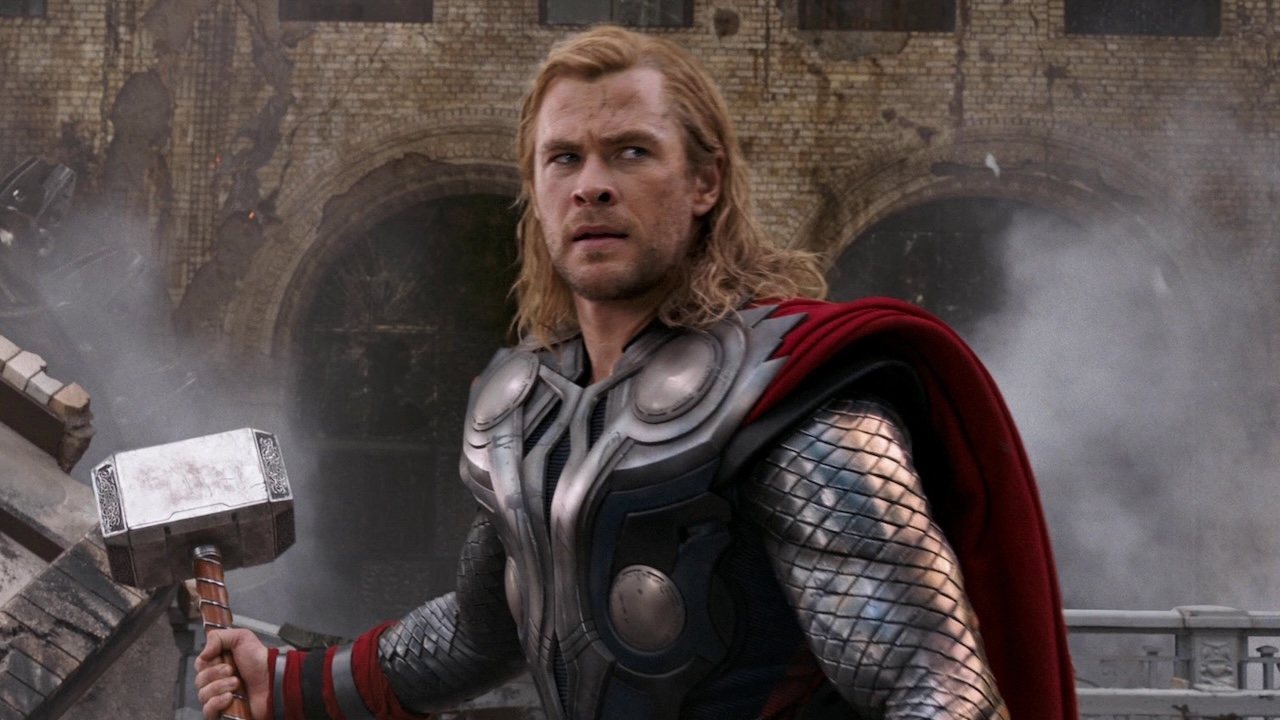HBO's Watchmen Episode 4: All The Big References To The Original Comic Book

Major spoilers below for HBO's Watchmen TV series, so be sure to catch up before reading on.
For anyone who was having trouble keeping up with all the characters' stories on HBO's Watchmen through the third installment, Episode 4 arrived and had little problem heaping on more confusion in enjoyably interesting ways. As it's gone every week, Watchmen's TV mastermind Damon Lindelof and his creative team added layers of comic book references throughout the episode to deepen the narrative while also offering key subtext.
Though this week's episode didn't necessarily have as many callbacks to Alan Moore and Dave Gibbons' comic book as its predecessors – at least as far as I could tell – that didn't limit the importance or amusement embedded in the O.G. Watchmen references that did come up. Here's a mostly sequential rundown of all the comic book moments I could find.
In case you missed our previous features, you can check out all the comic book references we could find in Episode 1, in Episode 2 and in Episode 3. Without further ado(ctor Manhattan), let's dive in.
Fogdancing Novel
In one of the episode's first shots, Christine Weatherup's Katy Clark is seen reading the book Fogdancing. Though it's hard to see the author's name, Watchmen fans might recognize that title as being a novel from author Max Shea, the Tales of the Black Freighter writer who was also one of the creatives that Adrian Veidt gathered on his island to create the alien squid creature. (I'm totally interested to see how the current-day world views all those disappearances.)
Fogdancing is considered something of a classic novel in this universe, and it was adapted into films at least twice over the years. The edition that Katy Clark is reading features a bunch of basic shapes on the cover, which is fitting for this adaptation.
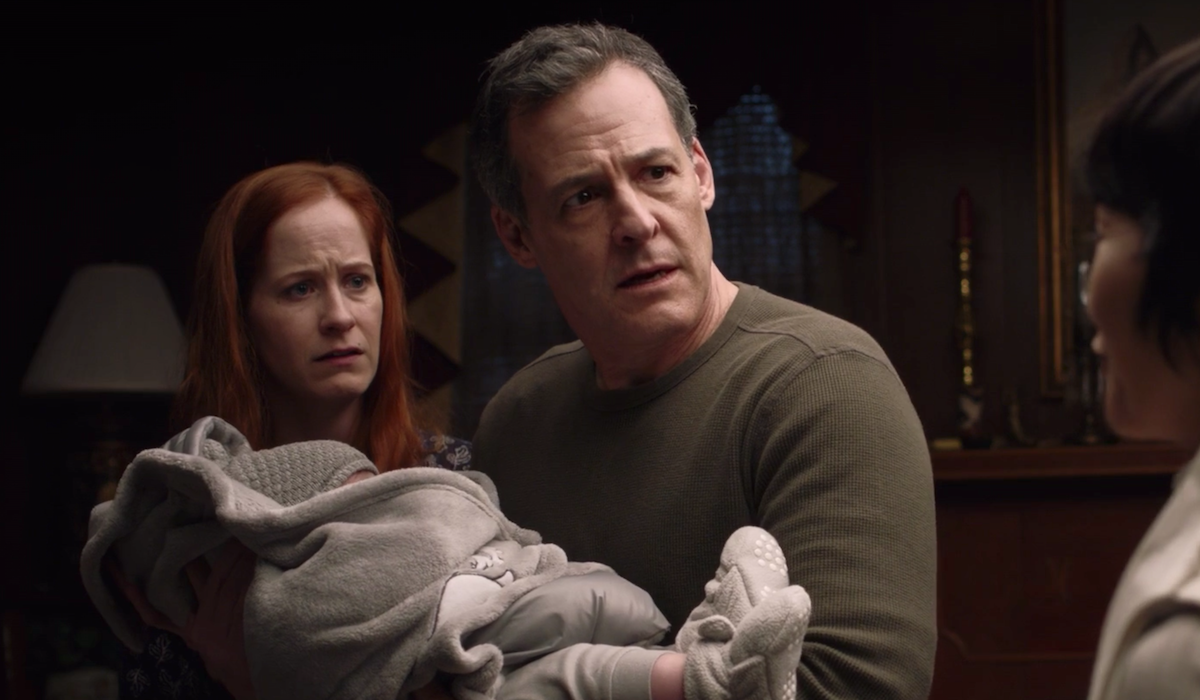
Superman Comparisons
Because Alan Moore and Dave Gibbons' Watchmen takes place in a different reality than other standard DC universes, Superman is only a comic book character. Jon Osterman earns the headline moniker of "Superman" once he becomes Doctor Manhattan, and offers a hypothetical take on how such a super-powered entity might be used in realistic scenarios. Comparisons between the characters have existed for a long time, and they partially serve as the basis for Doomsday Clock's world-converging storyline.
Your Daily Blend of Entertainment News
In any case, I can't imagine it's mere coincidence that this episode features a farm-owning married couple, Jon and Katy Clark, that unwittingly finds themselves the guardians of an infant that arrived out of the blue; not to mention in a sequence that also features an unidentified object flying in (presumably) from outer space. Need more Superman-related proof? The names, of course. Martha Kent's maiden name was Clark, and JON-athan Kent was the Earthbound father of one Clark Kent. The question now is what ends up happening to that baby.
All Kinds Of Bird Love
Perhaps this one is stretching things a bit thin, but the Clark family household has bird imagery just about everywhere you look. This is, perhaps, a nod to the birdwatching tendencies of Dan "Nite-Owl II" Dreiberg. The supplemental material within Issue #7 of Watchmen featured Dreiberg's Journal of the American Ornithological Society essay/article "Blood from the Shoulder of Pallas, which started by asking the question: "Is it possible to study a bird so closely, to observe and catalogue its peculiarities in such minute detail, that it becomes invisible?" That feels pertinent enough to justify this entry.
Lady Trieu's Elephants
Lady Trieu clearly has an affinity for elephant-related items, as proven quickly by the extremely ornate hourglass she uses at the Clarks' home. Later, Lady Trieu uses a tea set adorned with elephant-head handles. (That could be this show's most unique tie-in merchandising.)
In the Watchmen comic books, elephants are seen quite often as part of the advertising for the Indian foodery Gunga Diner, which famously utilized elephantine balloons as part of its advertising. It's assumed that the connection is tangential here, since Lady Trieu is Vietnamese and not Indian, and Gunga Diner hasn't been shown have a major modern-day presence. Gunga Diner is itself a reference to the Rudyard Kipling poem Gunga Din, which (like many of Kipling's works) played up the inherent racism of colonial soldiers. As such, it's almost surprising that Damon Lindelof hasn't embraced that element more with this race-fueled adaptation.
The Importance of Titles
This week's episode is titled "If You Don't Like My Story, Write Your Own," which is taken from a quote attributed to Nigerian author Chinua Achebe. One of the foremost writers in African literature, Achebe penned the highly acclaimed and celebrated novel Things Fall Apart, which Cal is seen reading later in the episode. Angela even drops some connective-tissue spoilers by revealing that Things Fall Apart's central character Okonkwo commits suicide by hanging himself. A winking nod to how Judd Crawford's death went down? Or just a coincidence? (Yeah, right.)
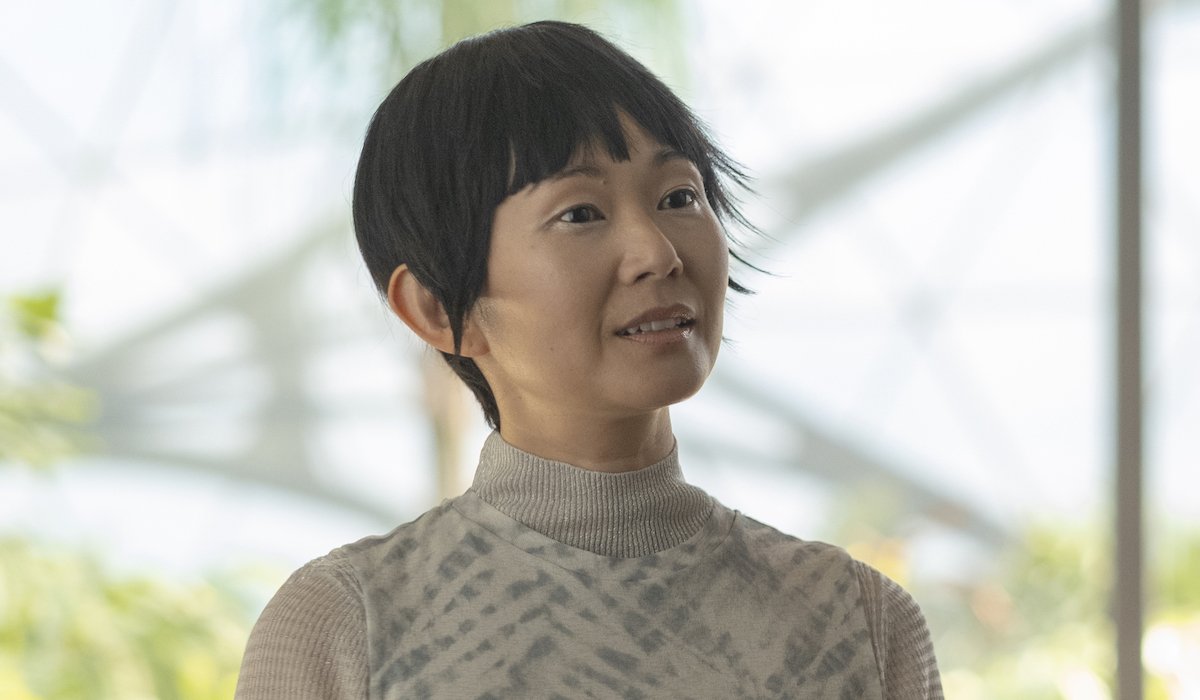
Lady Trieu As Adrian Veidt
Because Hong Chau's Lady Trieu is the current owner and operator of Adrian Veidt's multi-faceted company, the character has already inspired theories behind her connections to the self-proclaimed "smartest man on the planet." She inspired quite a few more within this episode, too, and I can't be the only one who drew comparisons between her legacy offer to the Clarks and Veidt's late-game admission to Rorschach and Nite-Owl.
In particular, it's when Lady Trieu bemusedly says that she's "not going to make" a baby for the Clarks, because she already did it. Admittedly, the line doesn't have quite the same oomph as Veidt's "I did it thirty-five minutes ago," from the comic, but it was still an obvious sign of her Veidt-esque confidence that the Clarks would accept her stipulations. (More to come from these connections below.)
Squids, Squids, Squids!
The Watchmen TV series has made it fairly clear that scientists the world over aren't able to comprehend what all the squid storms are about, but Tim Blake Nelson's Looking Glass has apparently been doing his own research into the matter. He took a bunch of close-up photographs of the tiny squids – we can assume that there isn't an abundance of digital photography in this world – and revealed that they live for about 30 seconds before dying in this world. As well, he's also aware that they're from a different dimension, which is pretty noteworthy.
There wasn't much time to pick up on everything else in Looking Glass' bunker that doubled as his dark room, but his photographs made it all the more clear that these squids look just like the original monster that was illustrated by Hira Manish. Manish was, of course, notably murdered with all the other island artists, though her final designs have lived on in frightening ways. I'm also very curious to know what's up with all those dated jars that Looking Glass has on his shelves.
Laurie's Family History
During the ride out to the Millennium Clock, Laurie has Agent Petey reveal her dark family roots to Angela, who learns (perhaps not for the first time) that Laurie's parents were The Comedian and the original Silk Spectre. The darkest part, of course, was that her father, Edward Blake, sexually assaulted her mother, Sally Jupiter, before anything consensual every occurred.
The question here, though, is whether or not Laurie's family tree is reflective at all of Angela's own mysterious past. Though we do learn more details about her history in Episode 4, they are mostly names and not fleshed-out explanations, and in some ways cause more confusion than clearheadedness. Why do families always have to be so complicated?
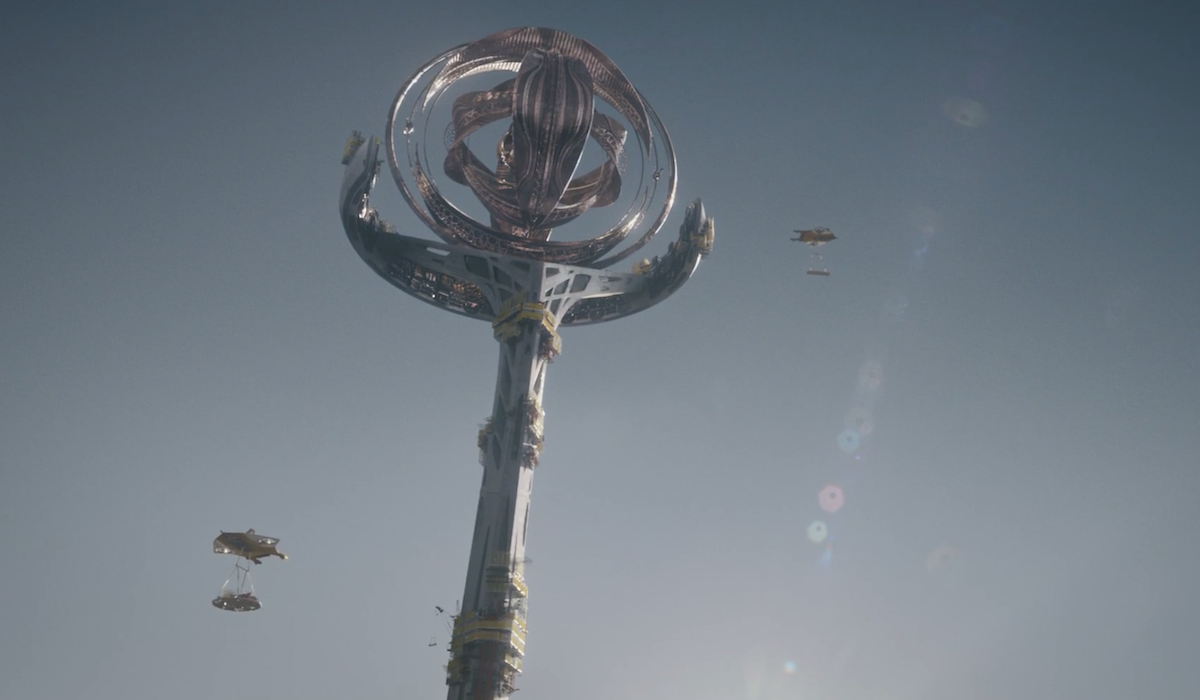
Flying Vehicles
Watchmen answered one of its TV mysteries during the visit to the Millennium Clock by revealing the flying airships used as part of the building's construction process. While flying vehicles were seemingly used largely for advertising in the comic book series, the TV series intelligently introduced them as an additional method of crafting massive sky-scraping structures with mysterious motivations.
Clocks, Clocks, Clocks!
Show me a Watchmen TV episode without clocks, and I'll invite you to my ocean-front property on Mars that I lease from Doctor Manhattan. Early in the episode, Lady Trieu's visit to the Clarks occurs right around 11:49 p.m. Not necessarily the most ideal time to make such cataclysmic decisions about one's future, but perhaps that offsetting approach was part of Lady Trieu's process.
Later in the episode, Angela's attempt to start a fight with Cal went down around 9:50 p.m. But Cal deflected anything resembling anger, and the scene led to more closet sex. Both of those instances felt ostensibly like positive moments for all the characters involved, but the earlier situation's distance from midnight implies the opposite.
Lady Trieu's Vivarium
In the Watchmen comic book, Adrian Veidt's Antarctic headquarters, Karnak, featured a large vivarium containing lots of plant-life and animals that couldn't otherwise exist in such harsh climates. It's where Veidt delivers his most autobiographical speeches of the series, to a trio of servants that he poisoned as his oration began. He later opened it and allowed everything inside to die beneath a quickly rising pile of snow.
In HBO's Watchmen, Lady Trieu has her own vivarium as part of the Millennium Clock. Its existence here allows Trieu to bring Vietnam with her to the U.S., as part of remixing a promise made to her mother. But what instances of nefariousness have occurred there in the past, and what will come in the future? It's hard to tell where anyone's loyalties are laid in this world, so the fact that the vivarium has been Will's recent hideout could mean anything. It's curious that that Trieu, with all of her mysterious nature, got on Will about his pills being unnecessary exposition.
A Geodesic Dome
While I could have covered this in the previous entry, the use of geodesic domes is worth a standalone entry in this feature, since Veidt's own vivarium dome was not specifically of a geodesic nature. Within the Watchmen comic book, multiple geodesic domes are seen within New York City, with one being the Astrodome. (Obviously not related to the structure in Houston.) It might not mean anything over-arching that Lady Trieu's vivarium is a geodesic dome, but it was nevertheless a smart way to bring the two ideas together in live-action.
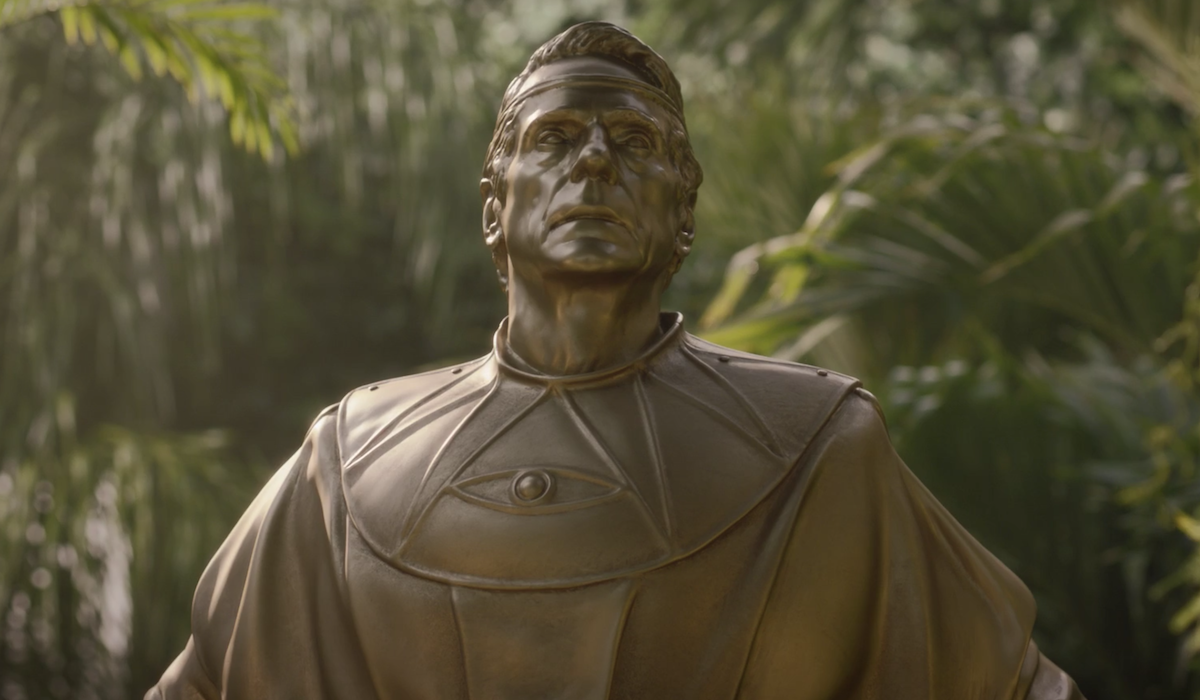
The Adrian Veidt Statue
The comic book's Adrian Veidt was quite a fan of being surrounded visions of his idealized self, whether it'd be through Ozymandias action figures, Alexander the Great-related art, etc. Just as Veidt looked to Alexander the Great for inspiration, Lady Trieu has possibly been influenced by Veidt's approach to the Gordian knot. But she was less interested in portraying him in his youth, and her statue was of an older Jeremy Irons-ish man, given her culture's appreciation of elders.
Note Lady Trieu's phrasing of "He is old," in her explanation to Laurie. Does this add contextual evidence to theories that Trieu had something to do with Veidt's disappearance and current existence in his "prison."
Adrian Veidt Genetically Modifying Things
While Watchmen readers didn't get a full visual display of how Adrian Veidt created Bubastis or offshoot version, Watchmen viewers got to watch Veidt's extremely disturbing process that led to each iteration of Tom Mison's Mr. Phillips and Sara Vickers' Ms. Crookshanks. It involved him going fishing for tiny babies to put into his duplicator that apparently also ages the beings put in there.
These two could possibly be Veidt's final two servants, since he violently destroyed all of the others due to a "rough night," so we may be looking at the future Mime and Marionette, as first introduced in the Doomsday Clock comic series. But then they might also get sacrificially used as part of his catapult tests. (WTF is happening here?)
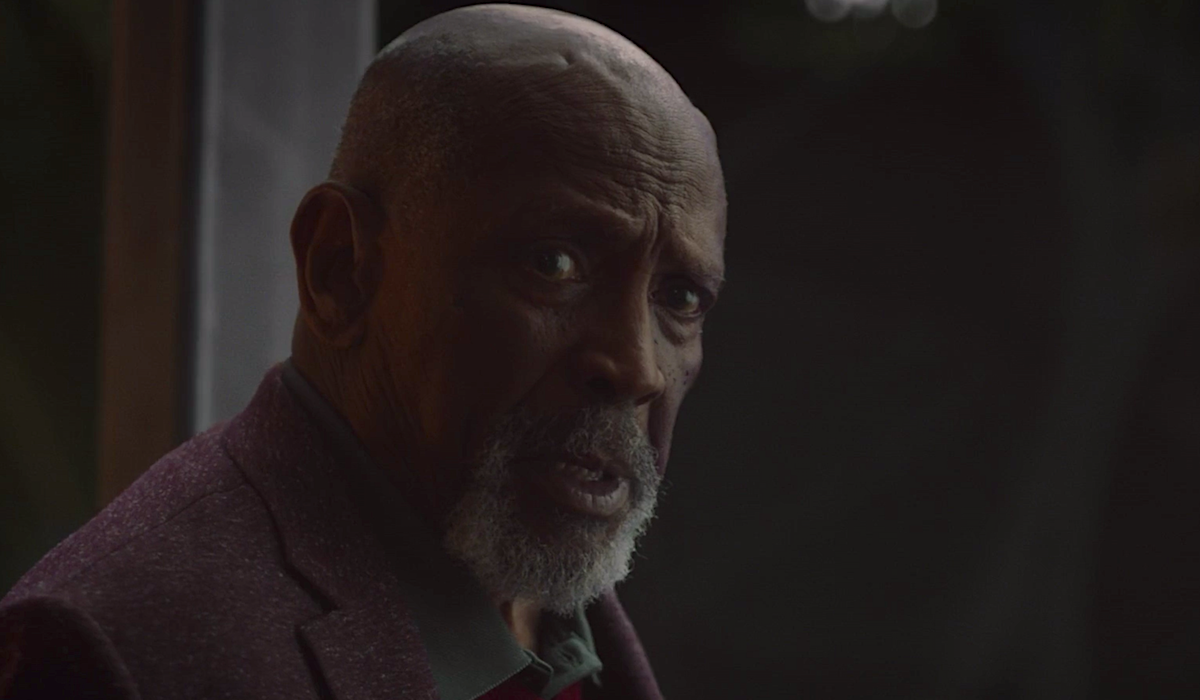
Keeping Secrets From Family
This episode, which directly referenced Laurie's later-in-life realization about her heritage, ended on a conversation between Will and Lady Trieu focused on the former's tactics in having Angela discover her true family history. We haven't seen him do anything quite on the same page as Sally shielding Laurie from reading Hollis Mason's Under the Hood, but it's clear he similarly doesn't want to deliver the life-changing info himself. Nor does he want to show anybody that his wheelchairs are unnecessary.
Other Random Thoughts
Eggs seem to be as much of a thematic device in Watchmen's TV show as clocks and circles are. Perhaps it's part of an overall sense of generational elements, such as the Ances-tree's acorn and Veidt being a "seed" of inspiration for Lady Trieu.
Also, it's possibly worth noting that the "OZ" from the egg carton's "DOZEN" was shown so early. Oz is an easy reference to Ozymandias, or perhaps even to the "Oz Effect" storyline, though that would directly correlate with the main DC universe a bit too closely for this world.
This episode featured yet another amazing visual transition worthy of Dave Gibbons' artwork: Veidt's telescope-view of the cloudy sky turning into the moon above Angela's house.
Are you guys enjoying all of Watchmen's mysteries as much as I am? Did you catch anything that wasn't mentioned in this article? Let us know in the comments. And don't forget to keep tuning into HBO every Sunday night at 8:00 p.m. to see the rest of Watchmen Season 1.
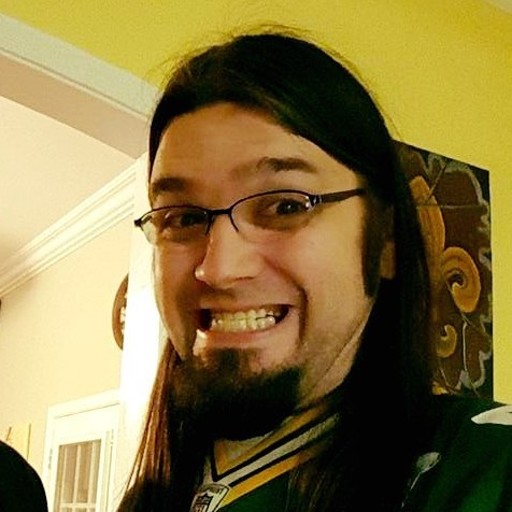
Nick is a Cajun Country native and an Assistant Managing Editor with a focus on TV and features. His humble origin story with CinemaBlend began all the way back in the pre-streaming era, circa 2009, as a freelancing DVD reviewer and TV recapper. Nick leapfrogged over to the small screen to cover more and more television news and interviews, eventually taking over the section for the current era and covering topics like Yellowstone, The Walking Dead and horror. Born in Louisiana and currently living in Texas — Who Dat Nation over America’s Team all day, all night — Nick spent several years in the hospitality industry, and also worked as a 911 operator. If you ever happened to hear his music or read his comics/short stories, you have his sympathy.
